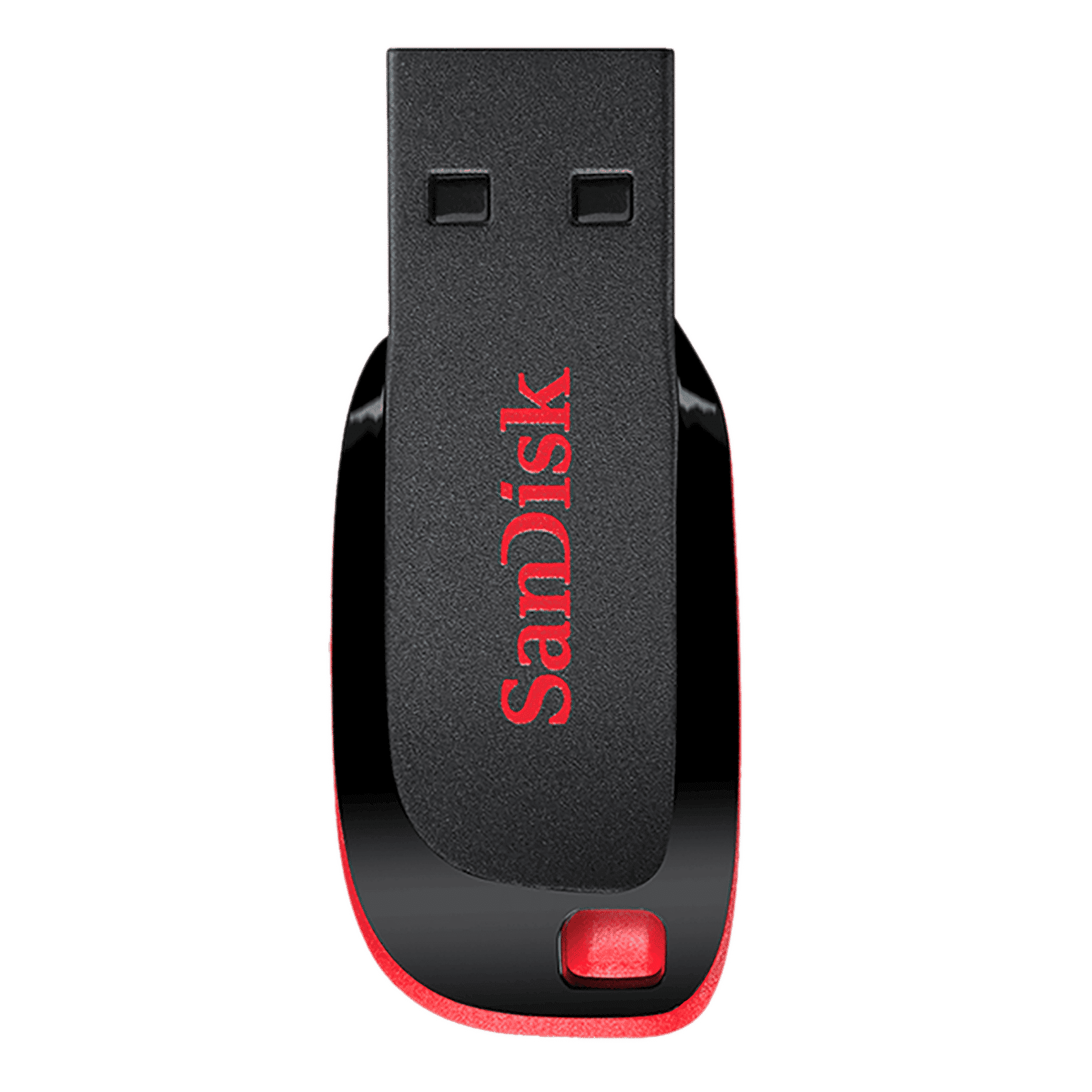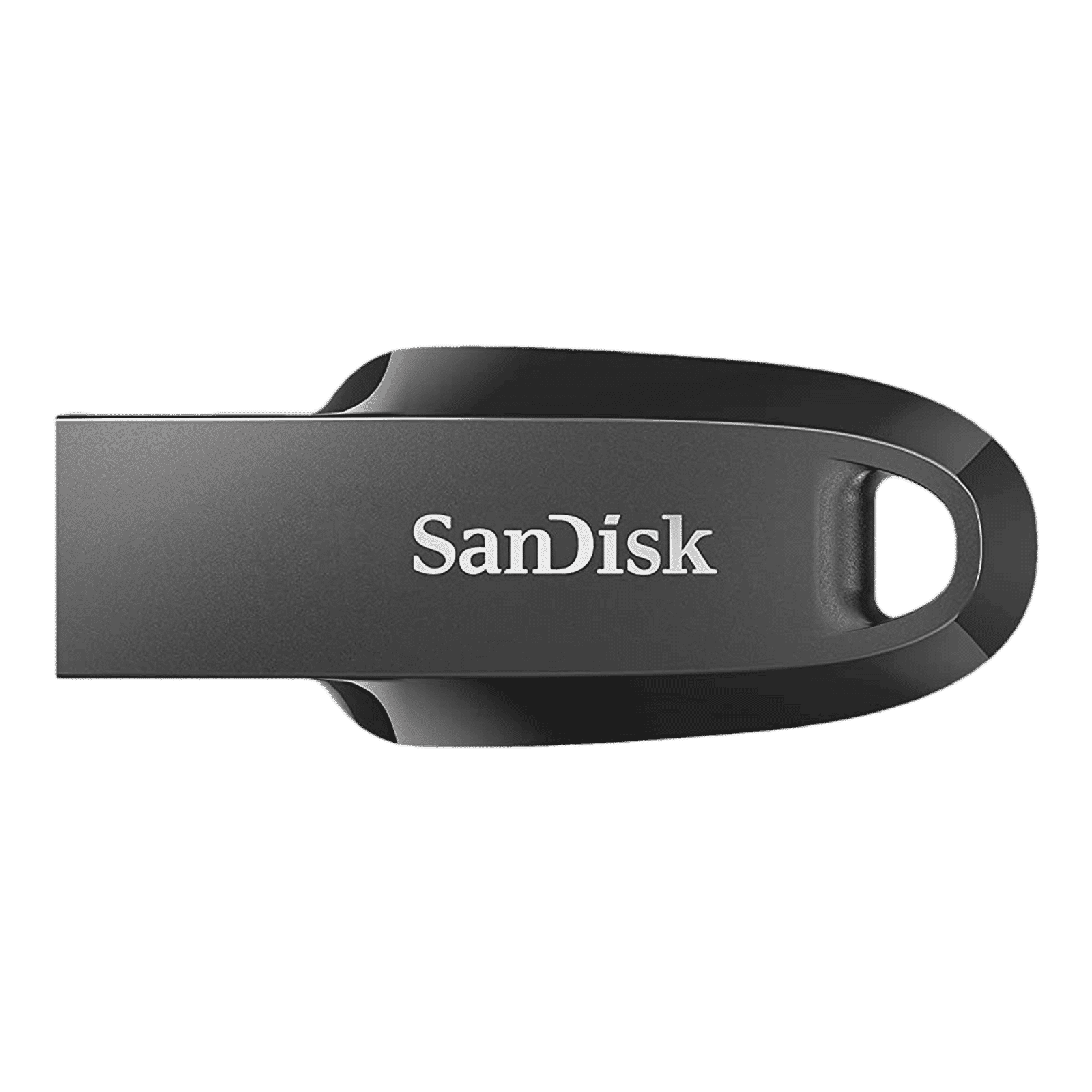
Consumer Electronics
•05 min read

Buy SanDisk Ultra 128GB USB (3.0) Pen Drive (Portable Design, Black) online at best prices from Croma. Check product details, reviews & more. Shop now!
Ever found yourself stuck with a malfunctioning USB pen drive or needing to create a bootable USB for an operating system installation? This guide offers an easy-to-follow explanation of how to flash a USB pen drive. Flasing a USB pen drive can breathe new life into a corrupted device, get it ready for a fresh start, or even transform it into a bootable media for system installations. Read on to discover clear steps and expert tips that will help you repair, reset, or repurpose your flash drive with ease.
Flashing a USB pen drive involves resetting, formatting, or preparing it for a specific purpose. Whether you need to clear out problematic files or set up a bootable drive to install an operating system, flashing is the process that helps in refreshing the drive. This technique is particularly useful when the pen drive is unrecognised by your computer or starts showing frequent errors.
If your pen drive is frequently causing system errors, failing to mount, or has become corrupted, it might be time to consider a complete reset. Flashing the device can restore functionality and enable it for multiple uses. It helps repurpose the drive so that you can convert it into a bootable media, or simply use it as a reliable storage tool. Whether for personal backup or creating a bootable installer, knowing how to flash a USB pen drive is essential for any tech enthusiast.
Before you dive in, it's important to gather all necessary tools. For Windows, tools such as Diskpart and Disk Management are crucial. Mac users can rely on the built-in Disk Utility, while Linux users might prefer LinuxLive USB Creator or Startup Disk Creator on Ubuntu. Additionally, free USB formatting tools like Rufus or USB Format Tool ensure the process is efficient and straightforward, especially when creating a bootable USB drive.
One of the most critical steps before flashing a USB pen drive is backing up your data. Flashing will erase all content on the device, so it is essential to transfer any important files to another device or cloud storage. This precaution guarantees that your valuable data remains safe and accessible even after the drive has been reset.
Choosing the right file system is key to optimising your USB drive's performance. Common file systems include FAT32, NTFS, and exFAT. FAT32 is excellent for broad compatibility, NTFS caters well to larger files, and exFAT offers a balance between functionality and ease of use. Your choice will depend on how you plan to use your drive, whether for everyday storage or as a bootable media.

Buy SanDisk Cruzer Blade 64GB USB (2.0) Pen Drive (High-Capacity Drive, Red) online at best prices from Croma. Check product details, reviews & more. Shop now!
To flash your USB drive on Windows, start by opening Disk Management or using the command-line tool, Diskpart. First, select your USB pen drive and then choose the option to format it. Follow the on-screen prompts to specify the file system that suits your requirements. Ensure you set it for bootable use if needed by checking the appropriate configuration. This process effectively erases the drive's content, allowing a fresh start.
Mac users should open Disk Utility and choose the USB drive from the list of available devices. Select the correct file system, often Mac OS Extended or exFAT for compatibility reasons, and proceed with the format. This step-by-step process ensures that your device is reset and ready for any subsequent tasks, including the creation of bootable media.
For Linux installations, the LinuxLive USB Creator or Startup Disk Creator in Ubuntu can be used to flash the drive. Begin by choosing the device from the available list and then select the ISO file of the operating system you intend to install. This preparation transforms your USB pen drive into an installation tool for Linux, streamlining the process of installing the operating system on your target device.
One popular method to create a bootable media is by using tools like Rufus. Once you have gathered your ISO file, open Rufus, select your USB pen drive, and choose the proper partition scheme along with the file system. The software will then copy over the necessary installation files and apply the correct boot configuration. This method is an integral part of knowing how to flash USB pen drive for system installation needs.
If your USB drive falls victim to corruption, Windows CHKDSK or other third-party recovery applications can prove invaluable. These tools identify errors and help in recovering lost files. Regular maintenance through proper flashing can significantly minimise disruptions and ensure your drive stays reliable over time.

Buy SanDisk Ultra Curve 32GB USB (3.2) Pen Drive (Compact Design, Black ) online at best prices from Croma. Check product details, reviews & more. Shop now!
Sometimes the problem might be as simple as a driver issue in the device manager if you are using Windows, or settings in Disk Utility on a Mac. A complete reset or flashing of the USB pen drive can often resolve these issues. Simply reformat the drive to reinitialize it for use, and check for available driver updates to keep your system running smoothly.
For a comprehensive reset, especially when the drive is plagued by persistent errors, using Diskpart commands in Windows helps fully scrub the device. This method returns the pen drive to its factory settings and provides a clean slate for any future use. The process includes cleaning the drive and reinitialising it, ensuring it is ready for either file storage or bootable media creation.
Pro Tip for Bootable USB Success
Did you know? When creating a bootable USB drive, always use a reliable tool like Rufus and ensure your ISO file is compatible with your target operating system. This practical tip avoids installation errors and saves you from wasted time.
You can flash your USB drive using tools such as Diskpart on Windows, macOS Disk Utility, or LinuxLive USB Creator. The process involves formatting the drive and preparing it for specific tasks like creating bootable media or resetting corrupted systems.
Your USB drive may face issues due to corrupted data, outdated drivers, or hardware faults. Address these problems by repairing the drive through native utilities like CHKDSK or by resetting it with proper formatting procedures.
Yes, a USB pen drive can be transformed into a bootable installation medium by flashing it with the appropriate ISO file and configuration settings. This makes it ideal for installing an operating system on your computer.
Check that your USB is properly connected and recognised in the system settings. If it isn’t, look for driver issues in Device Manager on Windows or reinitialise it through Disk Utility on Mac. Sometimes a complete reformat is the best solution.
This comprehensive guide has walked you through the various aspects of flashing a USB pen drive—from understanding the process to resetting, repairing, and even creating bootable media. With these clear, step-by-step instructions, you can approach USB drive troubleshooting and formatting with increased confidence and efficiency. Tata Neu stands as a beacon of trust in the digital shopping world, committed to providing seamless service and rewards like NeuCoins for every smart transaction, whether you’re buying the latest tech gadgets or exploring practical solutions, ensuring value and convenience are always at your fingertips.